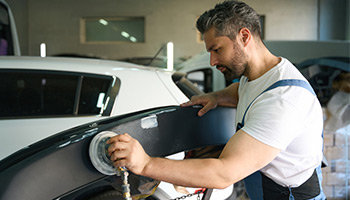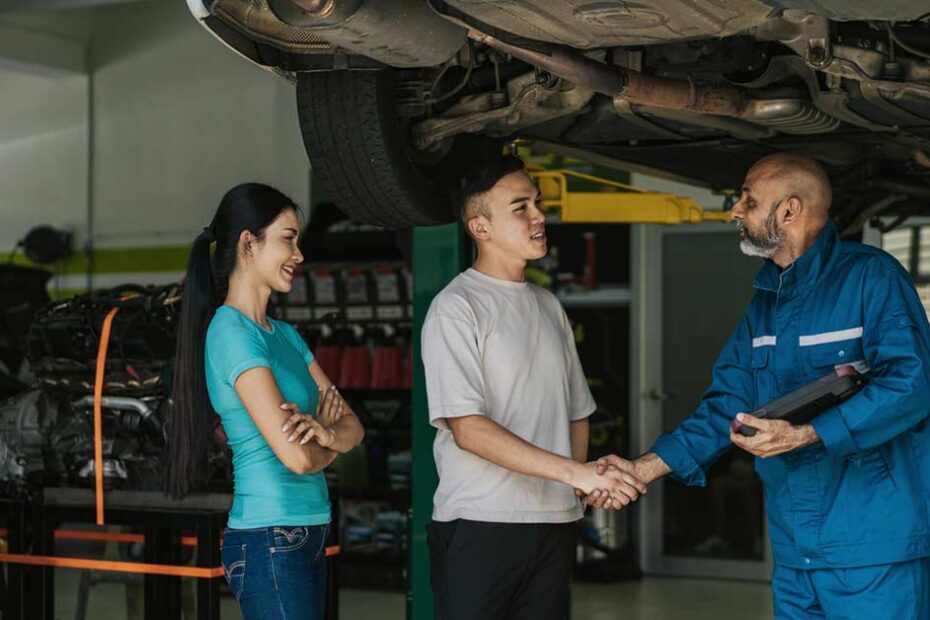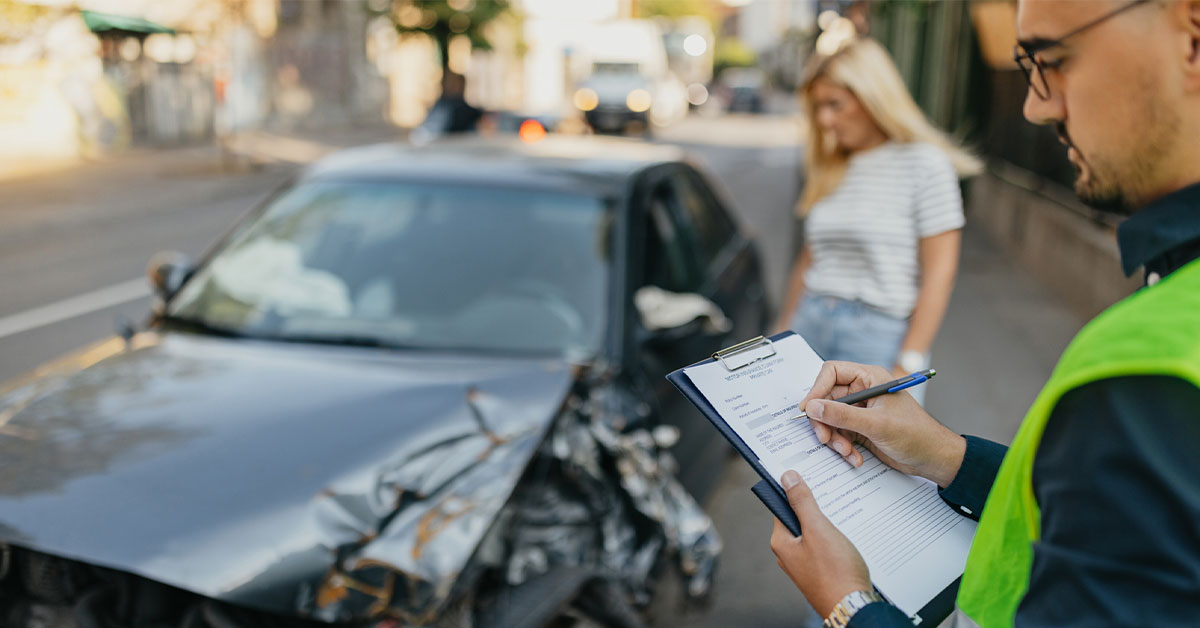No one enjoys dealing with a car accident, even a minor fender-bender. Once the initial shock is over, you face the tough task of getting your vehicle properly and affordably fixed. For most drivers, the whole repair process feels like a confusing mystery, and it’s stressful trying to decide which auto body shop to actually trust. Fortunately, a little preparation and knowing the right questions to ask can save you both time and unnecessary money. This simple guide will give you practical, straightforward tips ensuring your car gets repaired correctly, and your insurance claim goes smoothly.
3 Smart Steps Before You Commit to a Auto Body Shop
When your car needs body work, your goal is to find a high-quality auto body shop without overpaying. Follow these three steps before signing any repair authorization form:
1. Shop Around and Check Reviews
The hourly labor rate is one of the biggest costs, and it varies a lot between auto body shops. Don’t think you’ll find the $30 an hour rates of the past; expect today’s rates to be closer to $130 to $150 or more. But the principle is still the same: rates differ based on location, certifications, and what kind of car they specialize in.
- Get Multiple Quotes: Never settle for the first estimate you get. Always call around and get at least two or three competing quotes from different shops. You might find that some shops are willing to match or beat a competitor’s price.
- Verify Quality: Look closely at online reviews (Google, Yelp, Trustpilot, Facebook, etc.). Pay attention to comments about the quality of the finished work, how clear their communication was, and whether they stood by their work and warranty (if available).
- Check Certifications: If you drive a newer or high-end vehicle, make sure the shop has certifications from the car manufacturer. This shows that they have specialized training and equipment for your specific brand.
2. Know Your Parts: What’s Used to Fix Your Car?
When you receive a quote, ask the technician exactly what kind of parts they plan to use. Do not assume everything is brand new. You generally have three types:

- OEM (Original Equipment Manufacturer): These are brand-new parts made by the car’s original manufacturer. They guarantee a perfect fit and are typically the highest quality.
- Aftermarket: These are new parts made by third-party companies, not your car’s manufacturer. They are less expensive but might not match the fit or finish of OEM parts.
- Used/Salvage: These are parts pulled from other vehicles. They are the cheapest option and can work well for older cars where saving money is the priority.
An honest, transparent shop will clearly detail the parts type and explain why they chose them. If your insurance policy specifies using only OEM parts, make sure the shop honors that commitment.
3. Review the Quote Line-by-Line
Insist on going through the repair estimate in detail. A great body shop technician will patiently explain every line item. This includes the number of labor hours, the cost of parts, and the materials they will use. If the quote looks vague, or if the technician dodges your questions, move on. This repair is a significant investment in your vehicle, and you should understand exactly what work is being performed for your money.
Final Inspection: What to Look for When Picking Up Your Car
The job is not truly finished until you have signed off and are satisfied with the final repairs. Take your time inspecting the vehicle using these simple checks:
1. Paint and Finish
Paint application is one of the most visible indicators of quality work. Inspect the repaired area closely. If possible, check the paint in multiple lighting conditions – inside the shop, then outside in the sun, and in the shade. The color should perfectly match the rest of the car. The finish should feel smooth, with no noticeable dust specks or a dimpled “orange peel” texture.
2. Confirm Replaced Parts
If the quote includes replacing specific parts, ask the technician to show you the old, damaged ones. This is a quick transparency check that confirms the work was done, and you received the correct part type (new, used, etc.) listed on the estimate.
3. Get the Warranty in Writing
Before you pay and drive away, get confirmation of the written warranty on the repair work. A reputable body shop will guarantee their labor and paint job for a specific period. This assurance means you won’t have to pay extra if a defect in the repair surfaces a few months later. Protecting your car after an accident is just as important as protecting it beforehand. Understanding your policy and knowing your rights ensures you get the most out of your insurance and the highest quality repair work.
Additional note: Some insurance companies may guarantee the work for as long as you own the car if you choose one of their preferred body shops.
Get an Insurance Quote From AIS
If you’re wondering if your current policy has the right coverage and repair options, we can help. For over 55 years, our specialists have focused on clear, simple explanations and personalized insurance plans. We’re ready to help you build a policy that perfectly suits your needs and budget, ensuring you have the right protection without the guesswork. To get started, give us a call at (888) 772-4247.
The information in this article is obtained from various sources and offered for educational purposes only. Furthermore, it should not replace the advice of a qualified professional. The definitions, terms, and coverage in a given policy may be different than those suggested here. No warranty or appropriateness for a specific purpose is expressed or implied.


